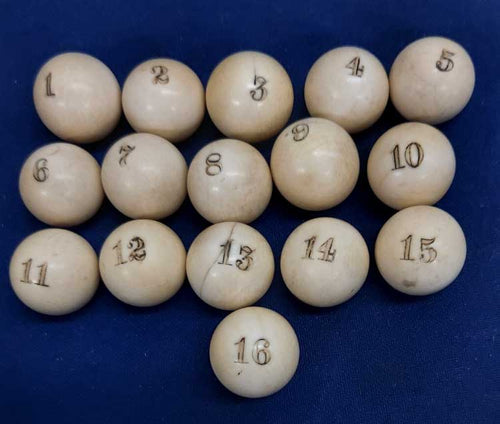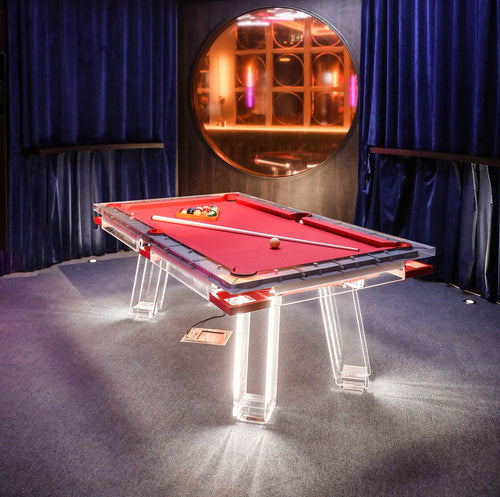Enjoy our modern designs
Ever wonder if that “solid” wood piece you’re eyeing is the real deal—or just a slick veneer job? Don’t sweat it. Here’s an easy, no-fluff breakdown to help you spot the difference fast. No boring lectures, just straightforward tips and visuals to help you shop smarter, save money, and avoid cheap knock-offs.
Why It Matters

Real solid wood costs more because it’s built to last, hold weight, and age gracefully. Veneered pieces can look good but are essentially thin, fancy covers glued to cheaper cores like particleboard. Knowing the difference helps you invest wisely, whether you’re hunting for an heirloom or just want furniture that won’t fall apart in a year.
6 Quick Ways to Tell if It’s Solid Wood
1. Pick It Up (If You Can!)
- Real Wood: Heavy—like, “get a friend to help” heavy.
- Veneer: Surprisingly light. If it’s too easy to lift, think twice.
2. Peek at the Drawers
- Real Wood: Smooth dovetail joints or dowels holding it together.
- Veneer: Staples and nails doing a sloppy job.
3. Check the Edges
- Real Wood: Continuous grain wrapping naturally around the edge.
- Veneer: A suspicious “band” or abrupt change in pattern at the edges.
4. Look Underneath
- Real Wood: Underside looks unfinished but still shows real grain.
- Veneer: Bottom often has mismatched grain or a totally different look than the top.
5. Feel the Surface
- Real Wood: Imperfect grain you can feel and see.
- Veneer: Perfect, repeated, almost too-flawless patterns—like a photo print.
6. Consider the Construction
- Real Wood Tops: Multiple boards glued together, visible seams every 8–10 inches. Grain direction can vary board to board.
- Veneer Tops: Seam lines might be very far apart or non-existent; patterns usually all run the same way.
Real vs. Veneer at a Glance: A Quick Checklist
- Heaviness: Heavy = likely solid.
- Drawer Joints: Dovetails/dowels = solid; staples/nails = veneer.
- Edge Grain: Continuous grain = solid; odd banding = veneer.
- Underneath: Matching grain top & bottom = solid; mismatched = veneer.
- Surface Feel: Natural, irregular grain = solid; flawless, repeated pattern = veneer.
- Tabletops: Multiple tight seams = solid; minimal or too-perfect seams = veneer.
Spotting Exceptions & Special Cases
- Antique Veneers: Older veneers can be gorgeous and valuable—often handcrafted, thick, and full of character. Don’t assume “veneer” always means cheap.
- Mixed Construction: Sometimes craftspeople veneer over solid wood for a decorative flair. If in doubt, ask.
Ask & Research Before You Buy
Don’t just trust the label. Ask the seller:
- “Is this solid hardwood or veneered?”
- “Where is it sourced from?”
- “Can I check the underside or drawers?”
If they dodge your questions, that’s a red flag. If you’re shopping online, scour the description for words like “solid oak” or “solid walnut.” A reputable retailer will be upfront.
Get Hands-On
If you’re in a store, run your hand along the surface, lift a corner, peek under the skirt of a table, or pull out a drawer. Spotting quality isn’t rocket science—it’s common sense combined with a few quick tells.
The Bottom Line
Solid wood: Heavier, pricier, sturdier, and will gracefully age.
Veneer: More affordable, not always junk but less durable, and often lacks the unique character of natural wood.
Know what you’re paying for and buy with confidence.
Armed with these tips, you can score that perfect piece—solid or veneered—with your eyes wide open. Enjoy the hunt!


















